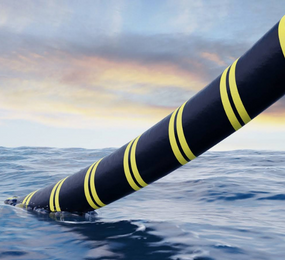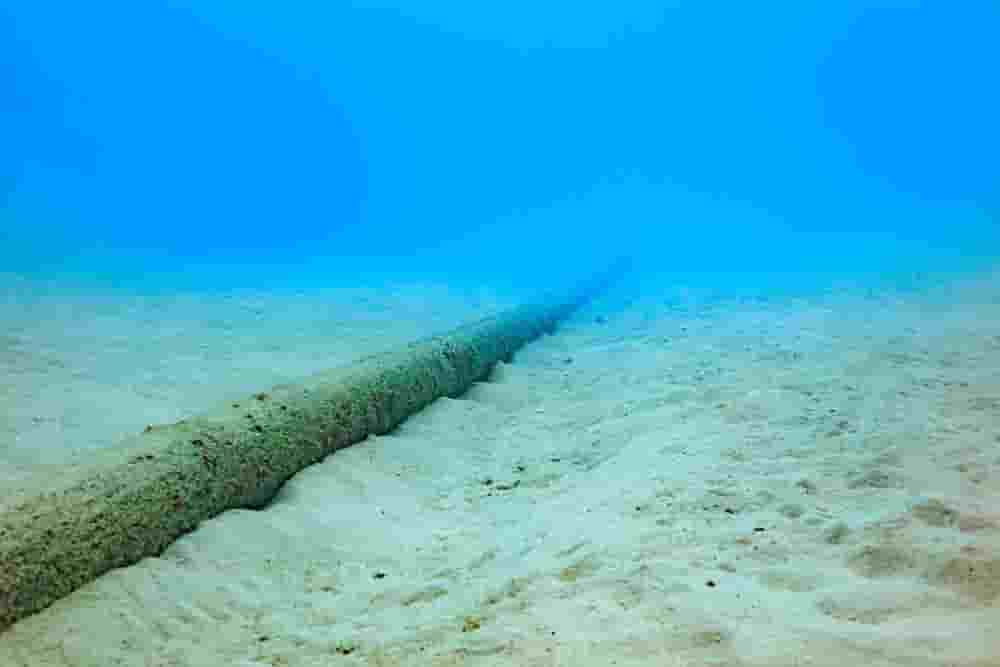Disputes can be encountered in all socio-economic spheres of life. In business dealings that involve countries being led by different policies, laws, and rules, there must be disputes. Yes! Everyone would want to be heard and obeyed so therefore the conflicts observed in the international submarine power cable market community are normal. Countries have different subsea laws guiding them which may favor or not favor the submarine power cable community Additionally, subsea power cables can be as wide as three hundred millimeters depending on the type of current it emits; we have the high voltage alternating current (HVAC) and the high voltage direct current (HVDC). HDVC submarine power cables occupy less space than its counterpart as it uses one powerline as opposed to HVAC which uses about three power lines. Although HVAC cables tend to be longer than HVDC, these cables run long miles in length interconnecting power grids in different countries. The submarine power cable market is developing and increasing as they are considered the best way to transport large amounts of electricity like renewable energy systems seen in the case of it being used in wind, tidal, and wave farms. Worthy to note that Submarine power cables consist of copper or aluminum conductor, insulation, a water-blocking sheath, and armor.
The United Nations created during the United Nations Convention on the Law of the Sea(UNCLOS) in1982 created the freedom to lay submarine cables and pipelines which is one of the topmost high sea freedoms to date. However, the freedom is in a state of uncertainty as to the new international legally binding instrument (ILBI) being initiated by the same United Nations meant to control the affairs of the International submarine body and activities did not expressively mention the freedom of submarine cables and pipelines case but just scratched the surface. The new ILBI is actually going to negatively affect the laying of cables and pipelines in areas beyond national jurisdiction as the new laws center on area-based management tools and environmental impact assessments(EIAs), which are basically ruled so as to protect and promote a better marine environment and biodiversity. The challenge of the high seas leadership is how to maintain these almost two contrasting laws and rules that are equally valuable but competing as well. In their opinion both the freedom to lay submarine cables beyond the national jurisdiction and also protect the marine environment and promote biodiversity cannot work effectively together as one has to be given preference before the other. However, the cable industry/market through the International Cable Protection Committee, a nongovernmental organization has argued that it is unnecessary to conduct EIAs on submarine cables production and installation equipment considering its low impact on the marine environment in general. They also stated that as regards the area-based management tools, it solely depends on the nature of the marine protected areas(MPA) bearing in mind that some MPA’s objectives might not be compatible with submarine cables.
Submarine Cables and Pipelines: Similarities, Differences, and Importance
The use of submarine cables and pipelines by UNCLOS is a generalized phrase as there are two main types of submarine cables namely Submarine communication cables and Submarine power cables. The submarine communication cables transmit data communications while submarine power cables are used to transmit a high amount of electrical power from power grids. In addition, submarine pipelines are specifically used to transport oil and gas across the globe. However, all are designed to work underwater and are being laid or buried under the marine environment. These submarine cables and pipelines are of different sizes, and materials and also handle different functions as already stated but among all, submarine communication cables are mostly used in areas beyond national jurisdiction.
Notably, there is no flag registry intended for cables and pipelines as the private firms or consortiums of private companies act using their jurisdiction and this action has been going unopposed till this moment. Although there are arguments stating the Freedom to lay submarine cables and pipelines beyond national jurisdiction only apply to government-owned submarine cables and pipeline companies. The environmental impact assessment of submarine power cables is still under research however, there are concerns about the impact of the electromagnetic field used in the installation of subsea power cables on the marine environment. The disturbances created by submarine sea cables are considerably minimal as its effect are short-termed and relatively limited except when the cables are faulty and there is an obvious need for repair.
How to Manage Differences and Disputes in the Submarine Power Cable Market
There is a need to separate the governing body for submarine cables and pipelines as they do not have the same impact on the marine environment and ecosystem as large and also the cable industry needs a central international government that can control its affairs and fight for their rights when necessary.
There is a need for a cooperative and flexible approach to the EIA and Area-based management tools laws matter. In as much as submarine cables possess little or no effect on the marine environment, this cannot be ascertained to be correct in the long run as there is still maintenance and repairs to be done even after the installation set-up of submarine power cables in the future so therefore, the two teams involved should come together and settle on a more balanced approach to handle their differences. A middle approach would be needed to build the balancing exercise so as to settle the conflicting approaches to maintain a peaceful atmosphere in the Submarine power cable market community. Flexible approaches are most effective when the two parties involved cooperate and possess equal rights to bring in opinions on the matter.
In conclusion, there is an urgent need to have an intergovernmental body leading the affairs of the Submarine power cable market industry to maximize their capacity on balancing the sea laws created to govern the submarine companies in general. Additionally, there is also a need to adapt to a flexible and balanced approach when dealing with contrasting opinions and conflicts so that equity will be served to all involved. The future of the submarine market is quite promising and needs better regulations to attain its best achievable goals and foresight.
Registration for the 2nd Annual Submarine Power Cable and Interconnection Forum is ongoing.
Let’s do this together! Find out more about International market disputes and also new opportunities in the Submarine power cable industry. Come and interconnect with experts, shareholders, Senior decision-makers, and practitioners from the constantly evolving Submarine power cable industry. Over 70 Senior Leaders from Europe and across the globe will be present.
To request the agenda please send the request to Leadvent Group via email.
For more information and group participation, contact us: [email protected]
















